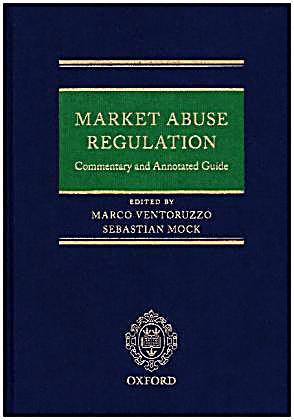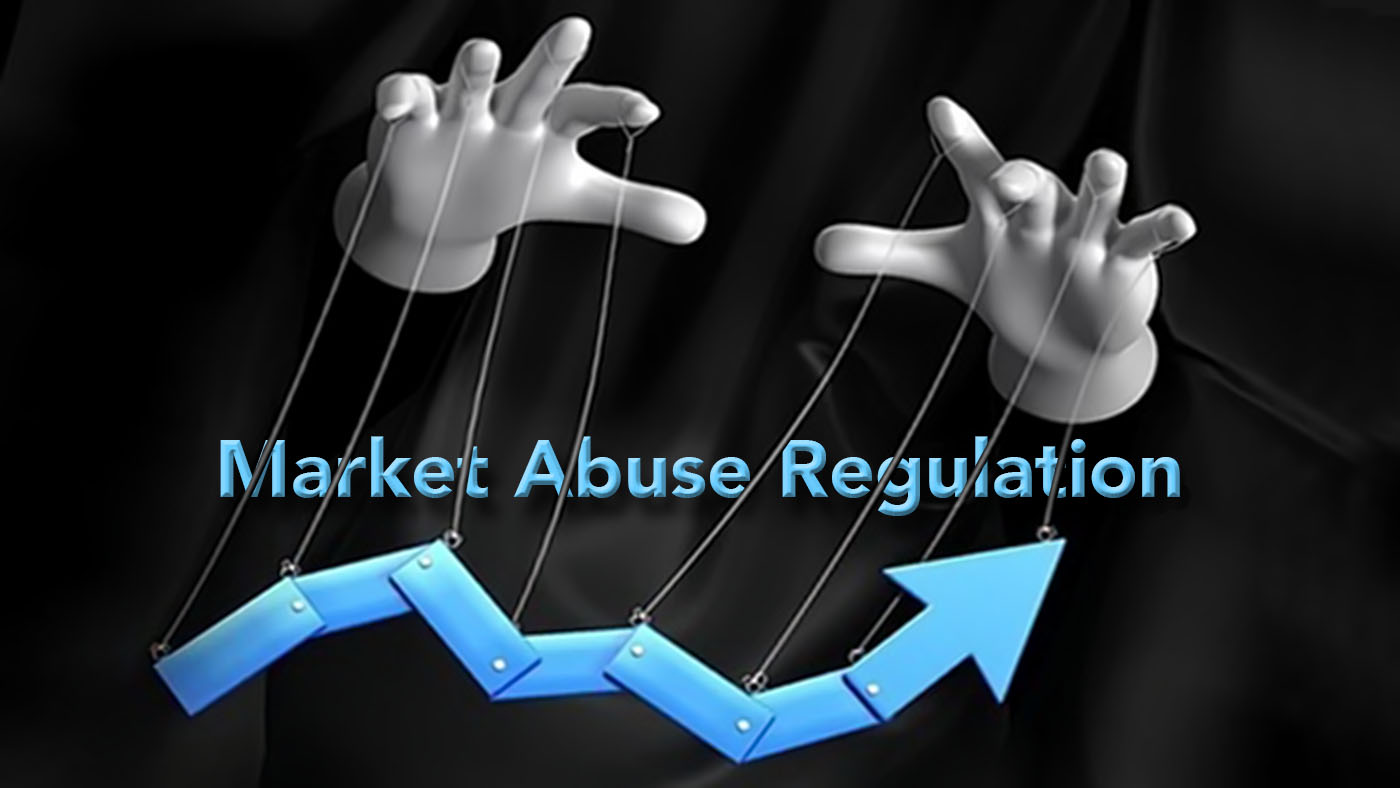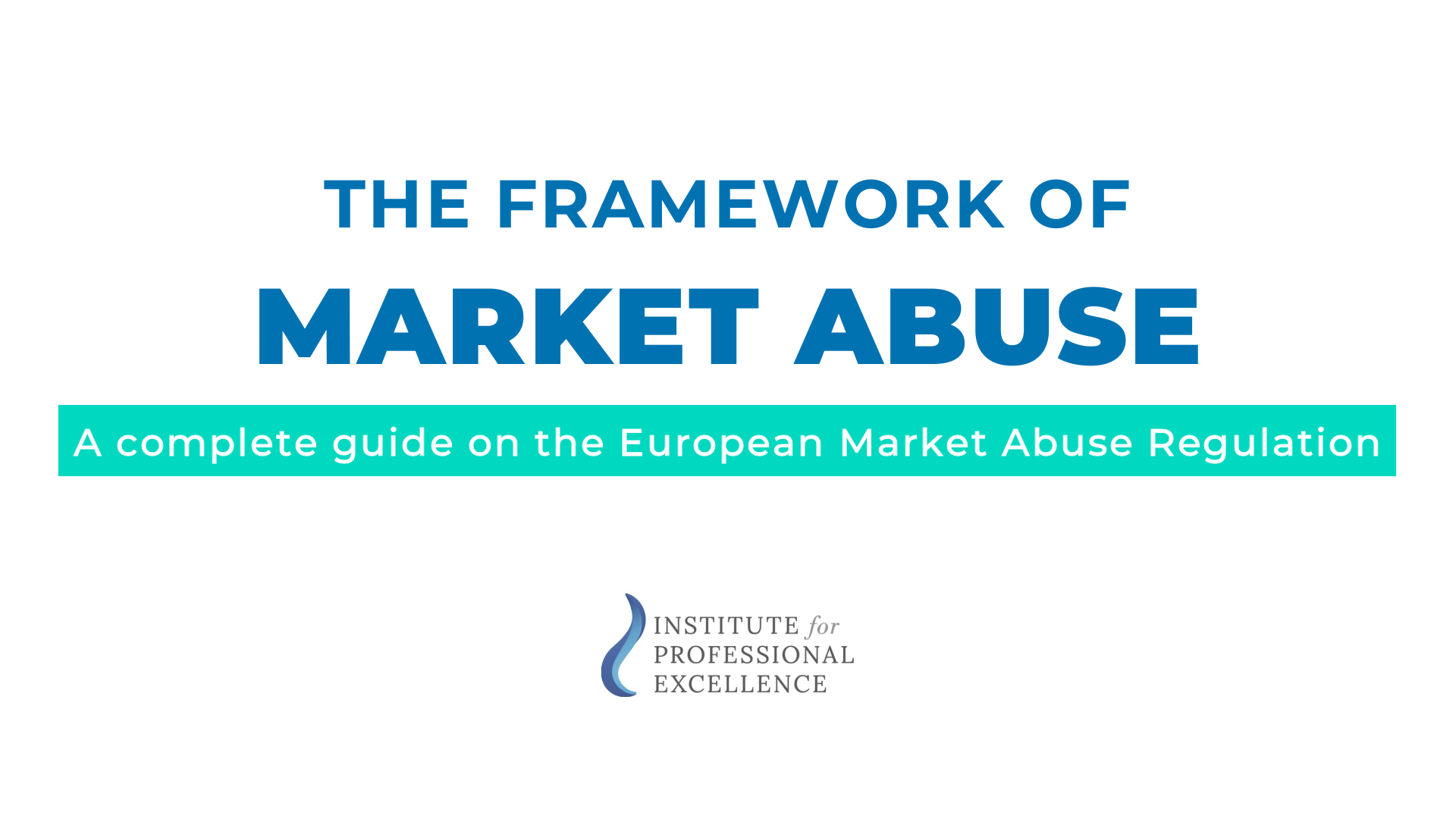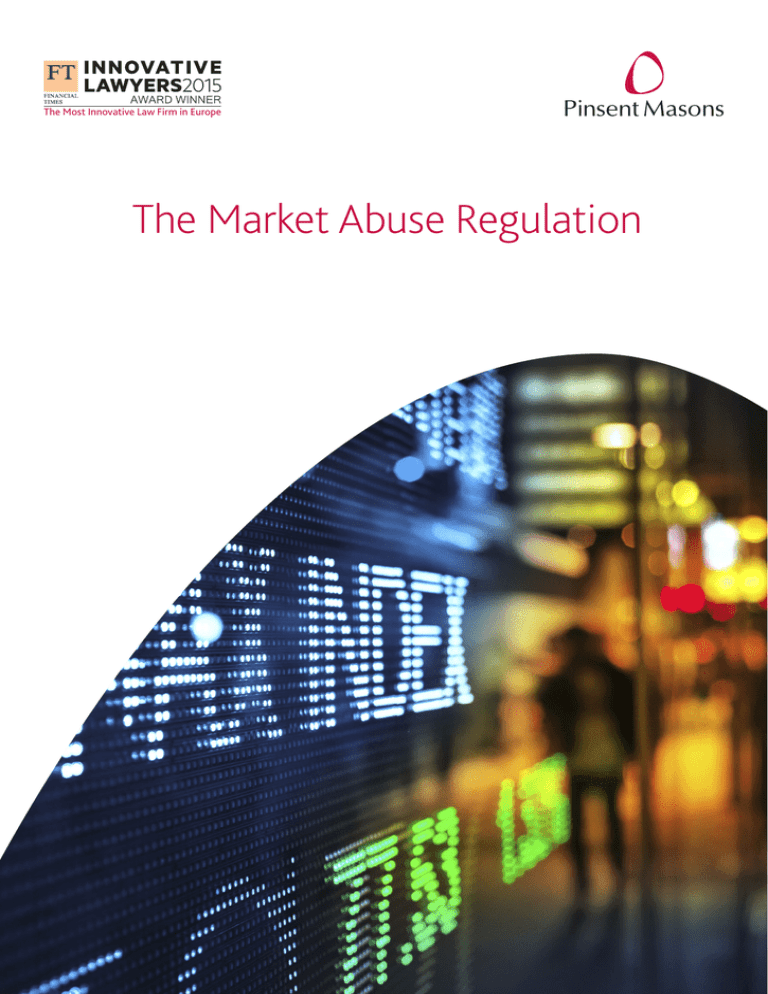Market Abuse Regulation : What it is

The Market Abuse Regulation Summit 2020 brings together industry experts, regulators, and practitioners to discuss the latest advancements and challenges in the realm of MAR. This summit provides valuable insights into the regulatory landscape and offers guidance on how market participants can comply with MAR provisions.
Market Abuse Regulation Buch portofrei bei Weltbild.ch bestellen
If you prefer reading a comprehensive book on Market Abuse Regulation, you can order the Market Abuse Regulation Buch from Weltbild.ch. This book covers the fundamental aspects of MAR and provides practical tips for investors to navigate the regulations successfully.
Subheading 2: How Market Abuse Regulation Impacts Investors MAR has a significant impact on investors, as it aims to maintain a level playing field and protect their interests. Here are some key ways in which MAR affects investors: 1. Enhanced Disclosure RequirementsEnhanced Disclosure Requirements

One of the key provisions of MAR is the requirement for issuers and persons discharging managerial responsibilities (PDMRs) to disclose their transactions in the relevant financial instruments. This enhances transparency and helps investors make informed decisions based on the trading activities of key individuals within companies.
2. Insider Trading RestrictionsInsider Trading Restrictions

MAR strictly prohibits insider trading, which is the illegal practice of trading financial instruments based on non-public, material information. This regulation ensures that investors have a fair chance of participating in the market without being disadvantaged by individuals with access to privileged information.
3. Market Manipulation PreventionMarket Manipulation Prevention

Another crucial aspect of MAR is the prevention of market manipulation. This regulation safeguards investors against artificial or misleading trading practices that can distort market prices. By maintaining market integrity, MAR promotes fair and efficient trading for all participants.
Subheading 3: Frequently Asked Questions (FAQ) about Market Abuse Regulation Q1: Who is subject to Market Abuse Regulation?Q1: Who is subject to Market Abuse Regulation?
Market Abuse Regulation applies to a wide range of individuals and entities involved in the financial markets, including issuers, financial intermediaries, investment firms, and individuals holding key positions within companies (PDMRs).
Q2: What are the penalties for non-compliance with MAR?Q2: What are the penalties for non-compliance with MAR?
Non-compliance with Market Abuse Regulation can result in severe penalties, including fines, suspension of trading activities, and imprisonment. Market participants must ensure they understand and adhere to the provisions set forth by MAR to avoid any legal consequences.
Q3: How can investors stay compliant with Market Abuse Regulation?Q3: How can investors stay compliant with Market Abuse Regulation?
Investors can stay compliant with Market Abuse Regulation by familiarizing themselves with the regulatory requirements, ensuring proper disclosure of transactions, refraining from engaging in insider trading, and reporting any suspicious activities to the relevant authorities. It is also essential to stay updated on any amendments or additions to MAR provisions.
In conclusion, Market Abuse Regulation is a crucial regulatory framework designed to safeguard the integrity of financial markets and protect the interests of investors. By enhancing transparency, prohibiting insider trading, and preventing market manipulation, MAR ensures fair and transparent trading for all participants. It is important for investors to understand and comply with the provisions of MAR to mitigate risks and contribute to the overall integrity of the financial markets.Final Report ESMA - Revisione Della MAR (Market Abuse Reg.)
 Image Source : www.riskcompliance.it
Image Source : www.riskcompliance.it abuse regulation
Market Abuse Regulation — Insider Acknowledgements - Cytec
 Image Source : cytecsolutions.com
Image Source : cytecsolutions.com Market Abuse Regulation Buch Portofrei Bei Weltbild.ch Bestellen
 Image Source : www.weltbild.ch
Image Source : www.weltbild.ch regulation weltbild
Learn The European Market Abuse Regulation (MAR)
 Image Source : www.iforpe.com
Image Source : www.iforpe.com Market Abuse Regulation (MAR) Explained - InsiderLog
 Image Source : blog.complylog.com
Image Source : blog.complylog.com Understanding Market Abuse Regulation
 Image Source : www.skillcast.com
Image Source : www.skillcast.com Market Abuse Regulation Summit 2020 | ICLG
 Image Source : iclg.com
Image Source : iclg.com regulation summit
The Market Abuse Regulation
 Image Source : studylib.net
Image Source : studylib.net Abuse regulation. The market abuse regulation. Regulation weltbild. Final report esma. Market abuse regulation buch portofrei bei weltbild.ch bestellen